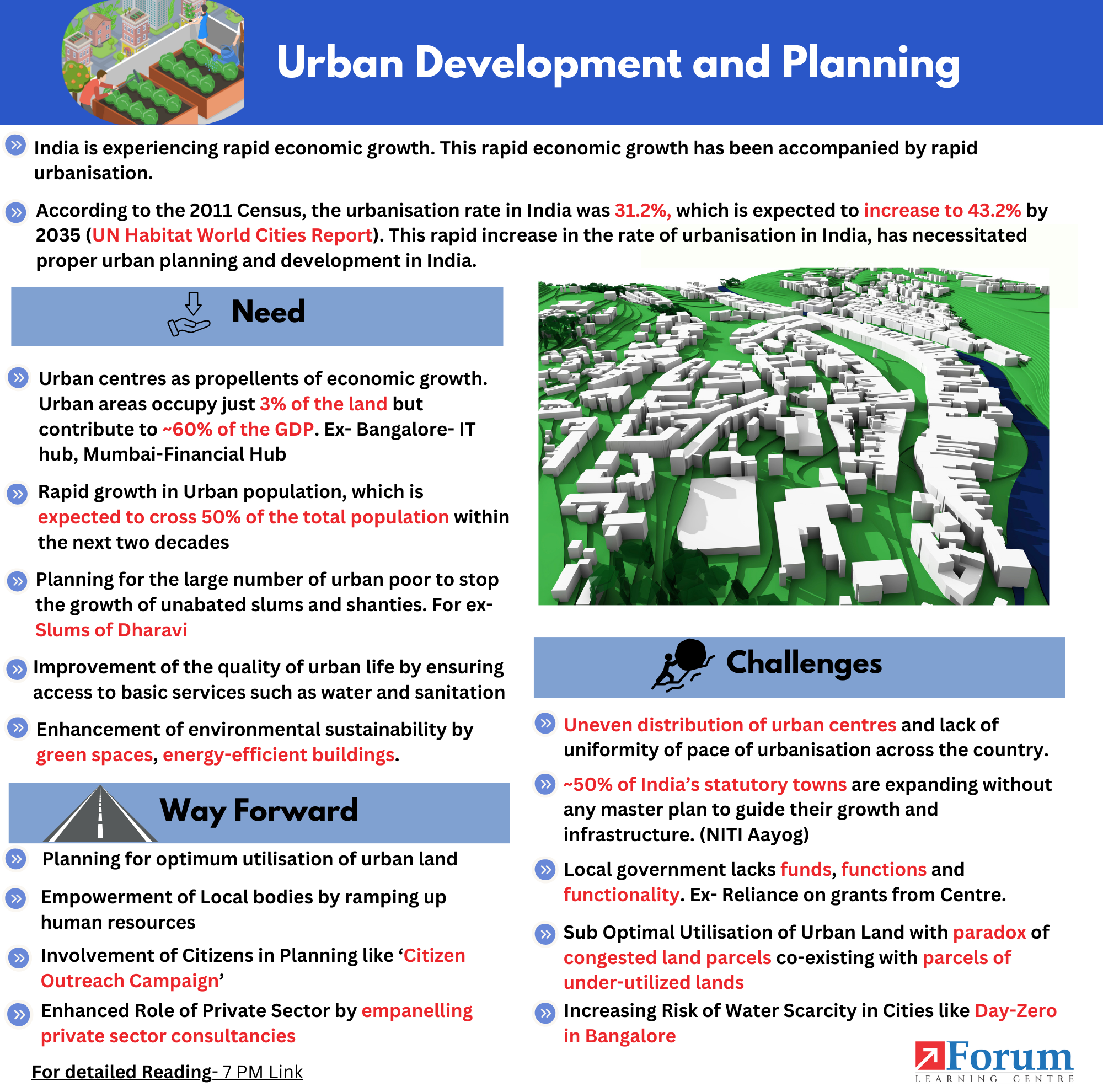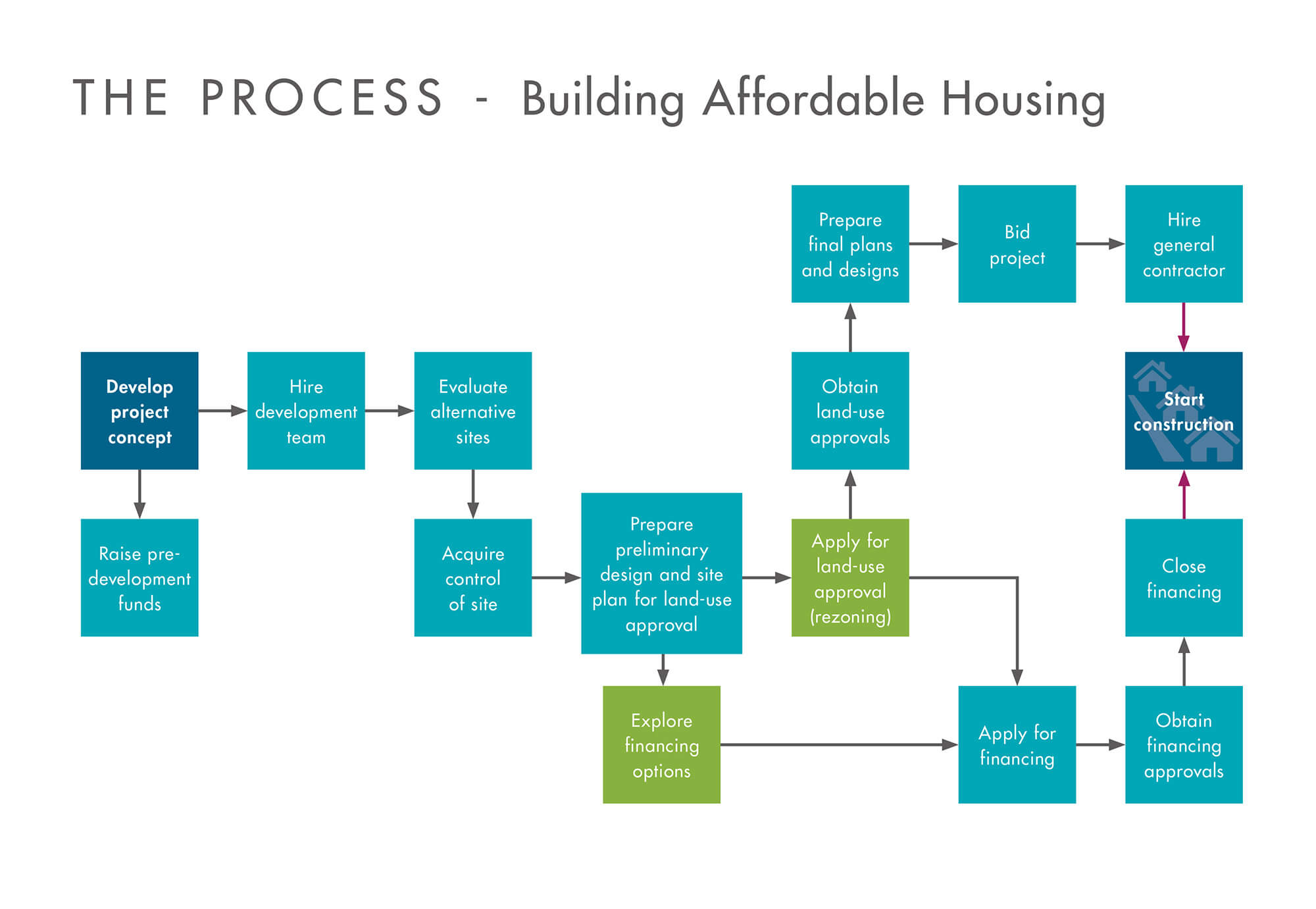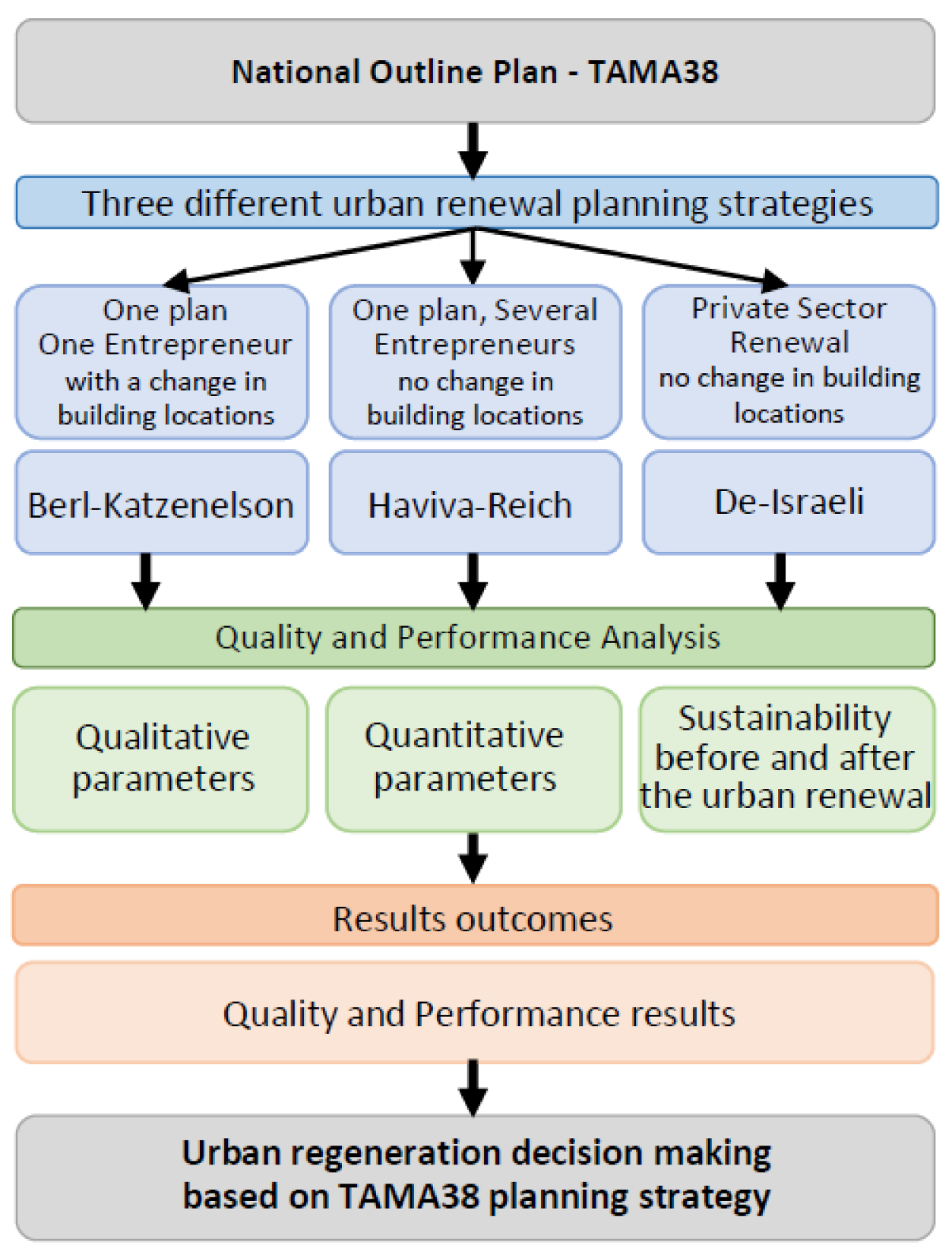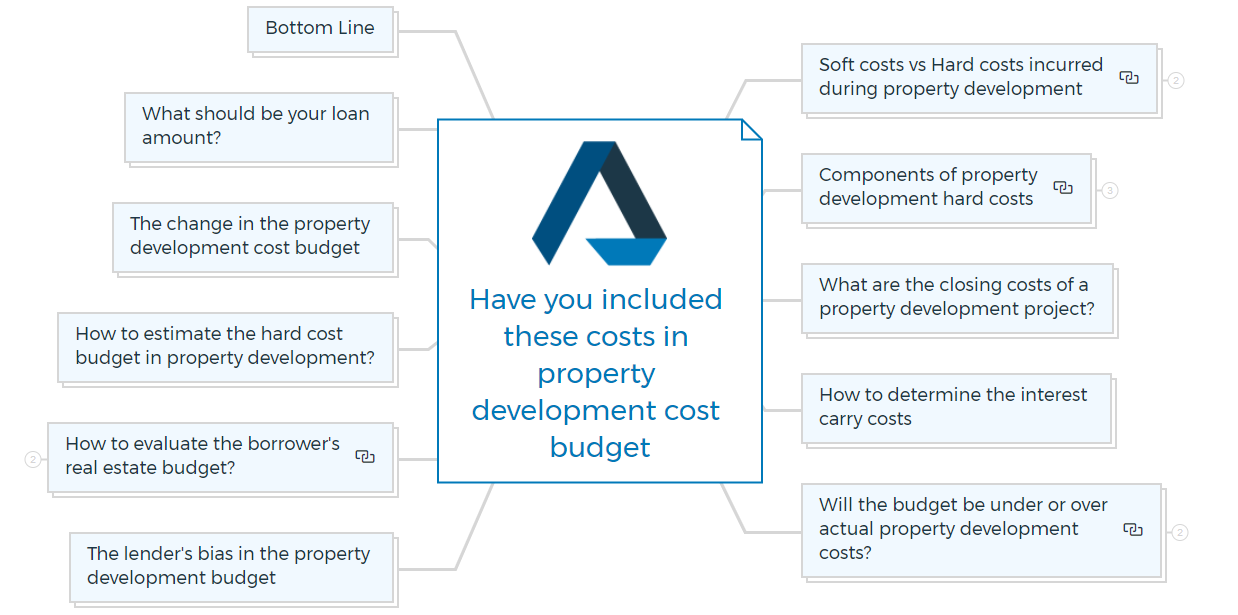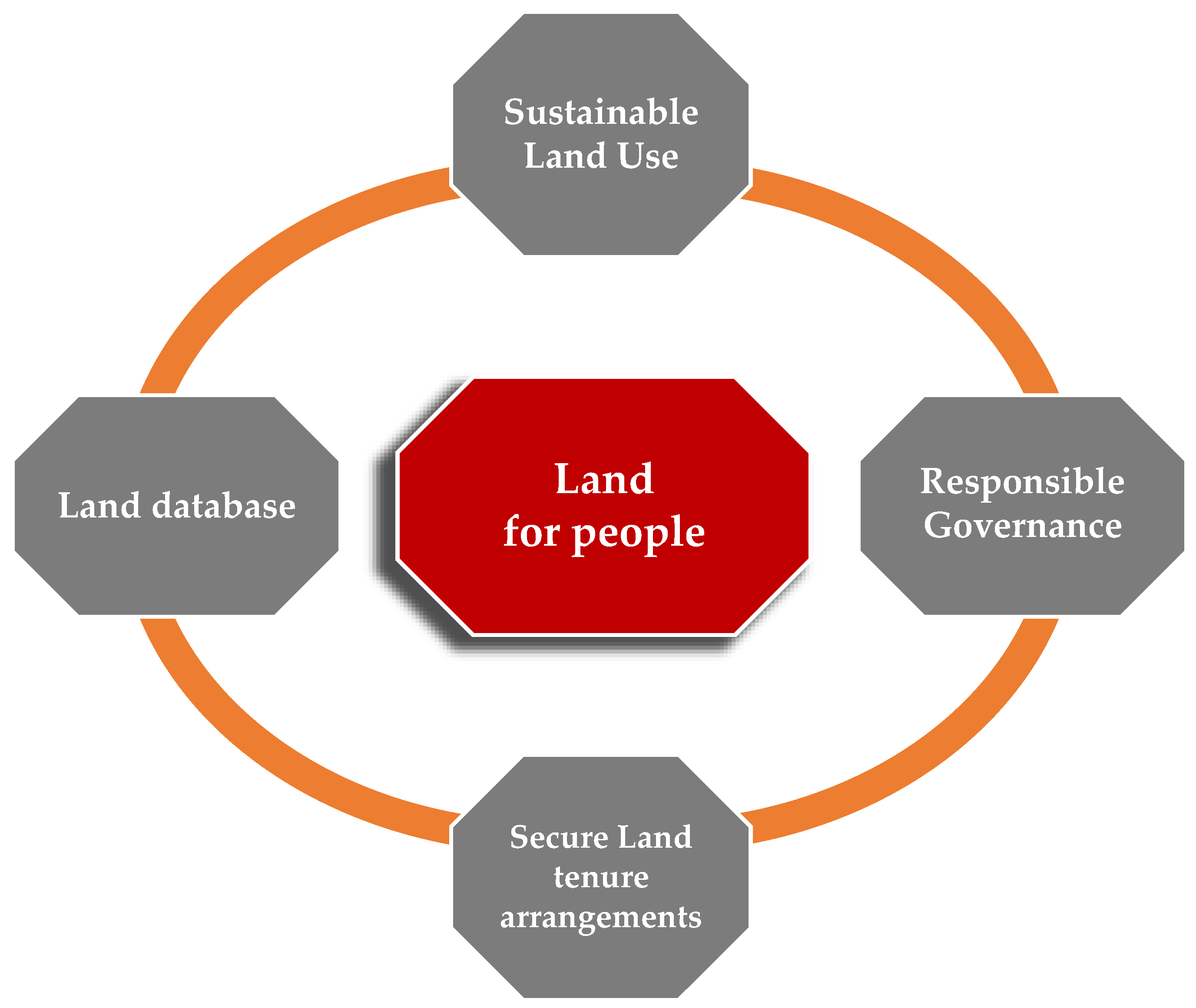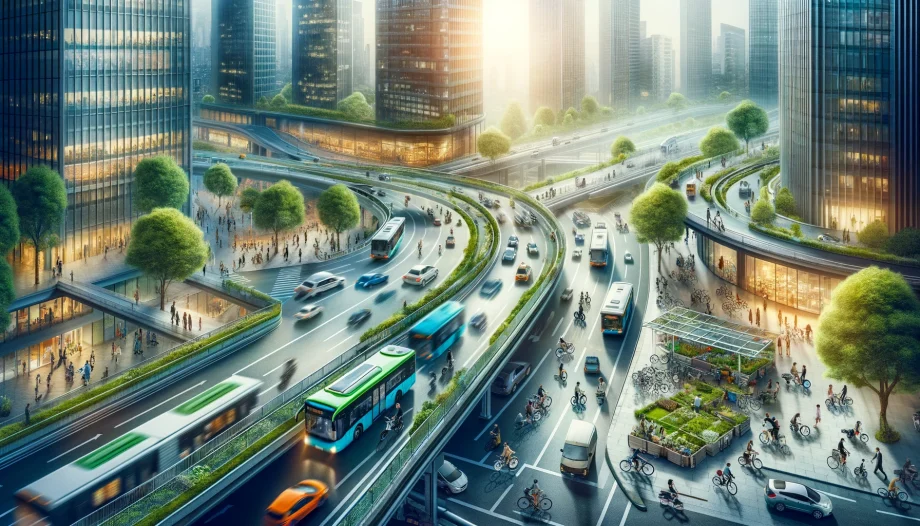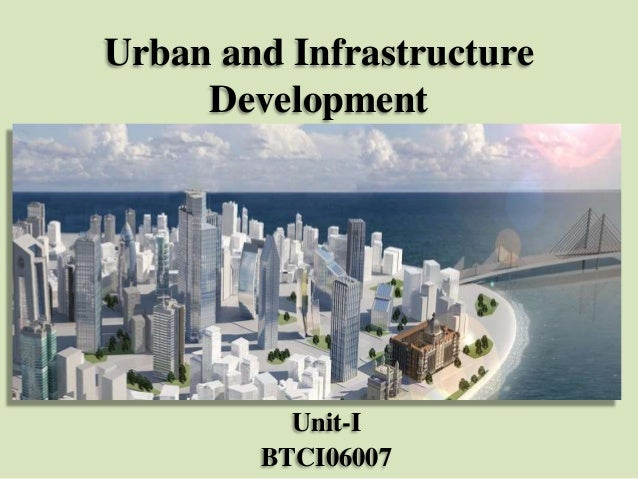Which Of The Following Is A Cost Of Urban Development

Urban development, a process crucial for economic growth and societal advancement, inevitably carries a price. Identifying and understanding these costs is vital for sustainable and equitable urban planning. A range of factors, from environmental degradation to social disparities, contribute to the complex cost equation of urban expansion.
This article delves into the multifaceted costs associated with urban development. It examines the financial, environmental, and social impacts that arise from transforming rural or less developed areas into thriving urban centers. By exploring these costs, we aim to provide a comprehensive overview that informs policy decisions and promotes responsible urban growth.
Financial Costs of Urban Development
The financial burden of urban development is significant. It encompasses a wide array of expenses, including infrastructure development, land acquisition, and administrative overheads. Funding these projects often requires substantial public investment and can place a strain on government budgets.
Infrastructure development forms a major component of these costs. Building roads, bridges, public transportation systems, and utilities is essential for supporting urban populations and economic activities. The initial construction and ongoing maintenance of these systems demand considerable financial resources.
Land acquisition, especially in densely populated areas, can be exceptionally costly. As urban areas expand, the demand for land increases, driving up prices. This can make it challenging for developers to secure the necessary land for housing, commercial spaces, and public amenities.
Environmental Costs of Urban Development
The environmental impact of urban development is a growing concern. Urbanization can lead to habitat loss, pollution, and increased carbon emissions. Understanding these environmental costs is crucial for mitigating their effects and promoting sustainable practices.
Habitat loss is a direct consequence of urban sprawl. As cities expand, natural habitats are cleared to make way for buildings, roads, and other infrastructure. This can displace wildlife and disrupt ecosystems, leading to a decline in biodiversity.
Pollution is another significant environmental cost. Urban areas are often major sources of air and water pollution, stemming from industrial activities, transportation, and waste disposal. These pollutants can have detrimental effects on human health and the environment.
Increased carbon emissions are also associated with urban development. The construction and operation of buildings, along with transportation activities, contribute significantly to greenhouse gas emissions. This contributes to climate change and its associated impacts.
Social Costs of Urban Development
Urban development can also create social challenges. These include displacement of communities, increased social inequality, and erosion of cultural heritage. Addressing these social costs is vital for ensuring equitable and inclusive urban growth.
Displacement of communities is a common consequence of urban development. As cities expand, vulnerable populations are often forced to relocate due to rising land values or development projects. This can disrupt social networks and livelihoods.
Increased social inequality is another concern. Urban development can exacerbate existing disparities, creating a divide between affluent and marginalized communities. Access to quality housing, education, and healthcare may become unevenly distributed.
The erosion of cultural heritage can also occur during urbanization. The demolition of historic buildings and the loss of traditional neighborhoods can lead to a decline in cultural identity. Preserving cultural heritage is important for maintaining a sense of place and community.
The Human Cost: A Closer Look
The costs of urban development aren't merely abstract statistics; they have a direct impact on people's lives. Families displaced by development projects face significant upheaval. Individuals struggling to afford housing in increasingly expensive cities grapple with financial stress. The human-interest angle underscores the importance of considering the social impacts of urban planning.
Examples of Specific Costs
Increased Infrastructure Demand: Cities require massive investments in roads, water systems, power grids, and waste management. This strains municipal budgets and can lead to higher taxes or reduced funding for other essential services.
Loss of Agricultural Land: Urban sprawl often encroaches on valuable farmland, impacting food production and potentially increasing food prices.
Health Impacts: Air pollution, noise pollution, and lack of access to green spaces in urban areas can negatively affect residents' physical and mental health.
These are just a few examples, highlighting the complex and interconnected nature of the costs associated with urban development. Understanding these costs is essential for informed decision-making.
Mitigating the Costs of Urban Development
While urban development inevitably incurs costs, there are strategies to mitigate these impacts. Sustainable urban planning, investment in green infrastructure, and community engagement are all crucial for promoting responsible growth. By adopting these strategies, cities can minimize negative consequences and maximize the benefits of urbanization.
Sustainable urban planning involves considering the long-term environmental, social, and economic impacts of development. This includes promoting compact, mixed-use development patterns that reduce sprawl and encourage efficient resource utilization. Investing in green infrastructure, such as parks, green roofs, and urban forests, can help to mitigate the environmental costs of urbanization.
Community engagement is also essential for ensuring that development projects are equitable and responsive to the needs of residents. Involving local communities in the planning process can help to minimize displacement, preserve cultural heritage, and promote social inclusion.
Conclusion
Urban development is a complex process with significant costs and benefits. While it is essential for economic growth and societal progress, it is also imperative to address the associated financial, environmental, and social challenges. By understanding these costs and implementing sustainable planning practices, we can create cities that are both vibrant and equitable, ensuring a better future for all.




